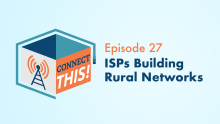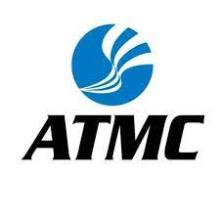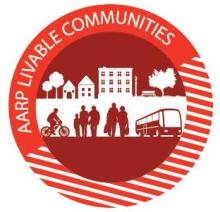The Problem(s) of Broadband in America

As the Biden Administration is working with Senate Republicans and Democrats on a proposed infrastructure deal which now includes a $65 billion federal investment to expand broadband access, the details of how that money should be spent and where those investments should be targeted have yet to be decided.
In a new policy brief, the Institute for Local Self-Reliance looks to provide clarity for policy-makers by exploring the real challenges of America’s connectivity crisis. The brief aims to clear up a common misunderstanding of exactly where the digital divide is located.
Digital Divide is Not Urban Vs. Rural, It’s Both
It does so by explaining why high-speed Internet access is not a challenge confined primarily within rural America. A lack of fast, reliable, and affordable broadband is also a major problem in urban and suburban America.
As the brief details, millions of citizens could subscribe for service right now, if only they could afford it — but they cannot. In fact, most recent municipal broadband systems were built to resolve problems with monopoly excess, not the absence of broadband. Many of the places that appear from the DC as though they have gigabit services actually have unreliable networks that are not getting the job done.
The Case for Prioritizing Local Community Efforts
The brief further elaborates on how America’s connectivity crisis has been created by uncompetitive market conditions, a dilemma that actually presents three interconnected challenges: Access, Affordability and Adoption.
Finally, the brief makes the case for why the federal and state governments should support local governments in resolving these challenges, rather than continuing to blindly hand out subsidies to the companies with the best government affairs' staff.










